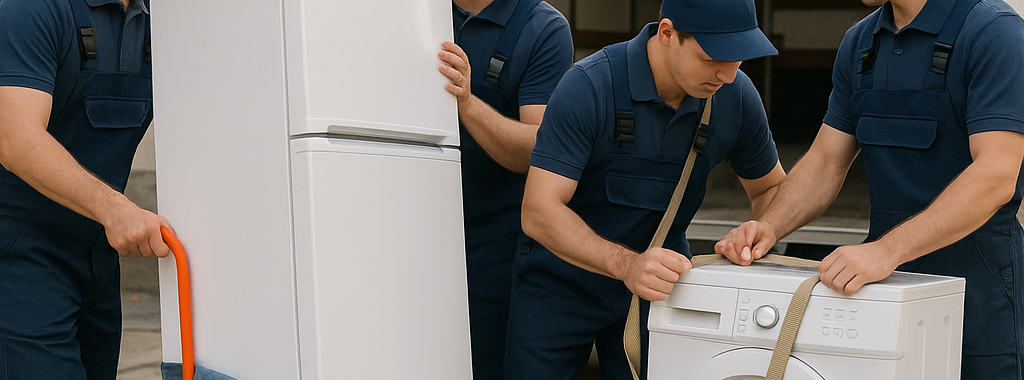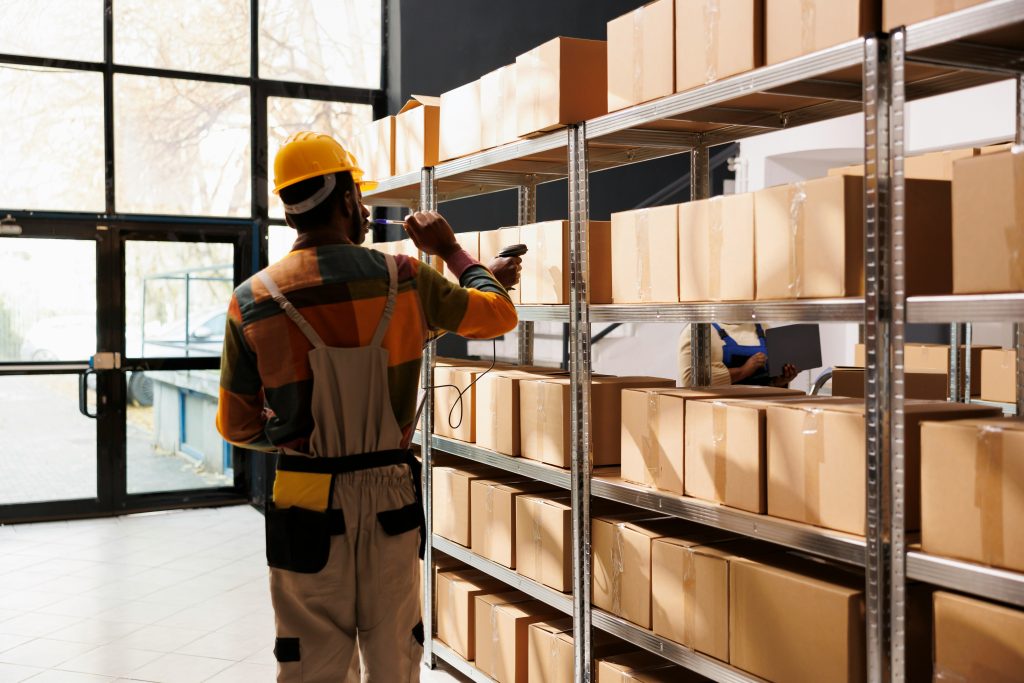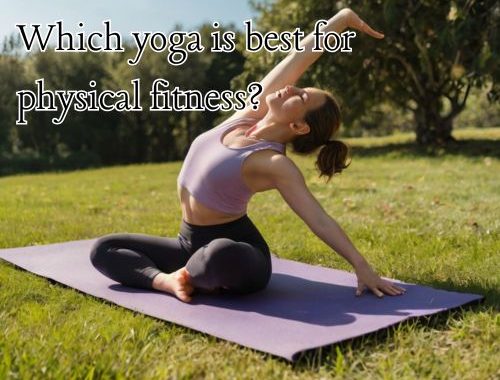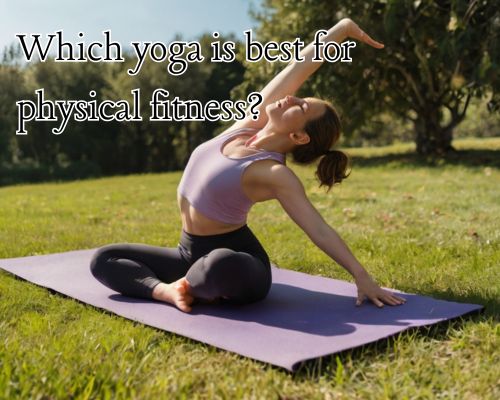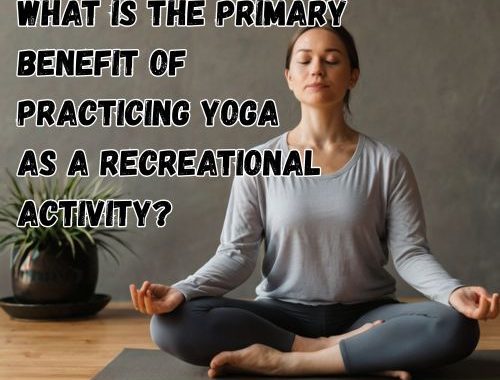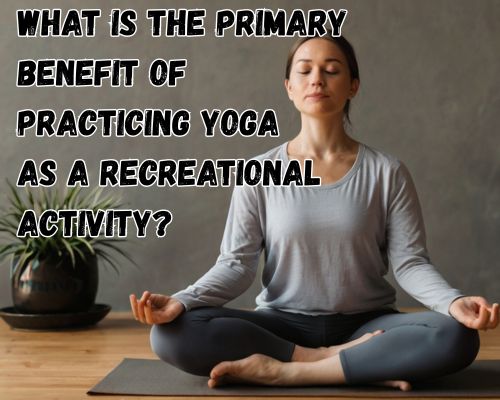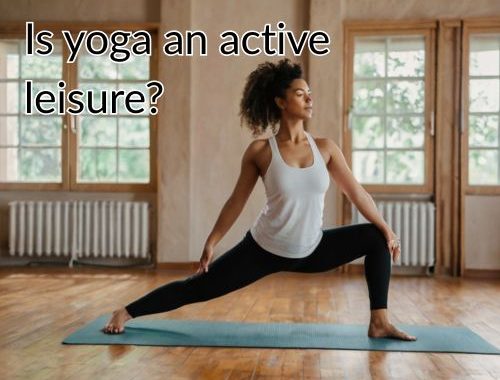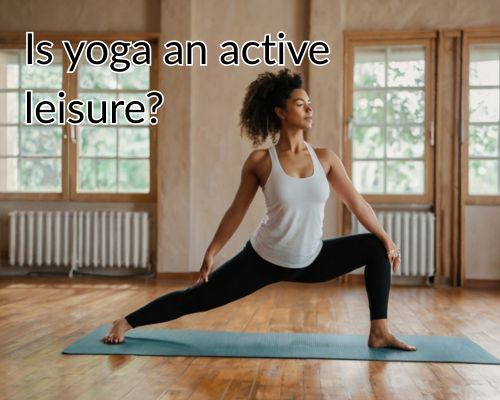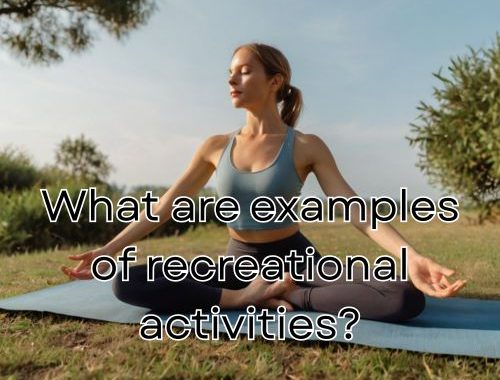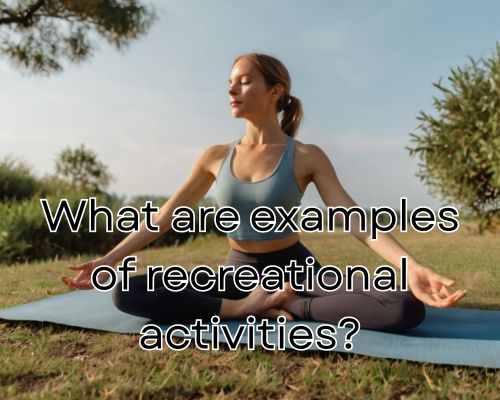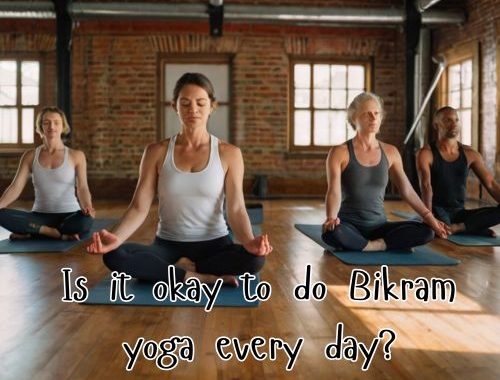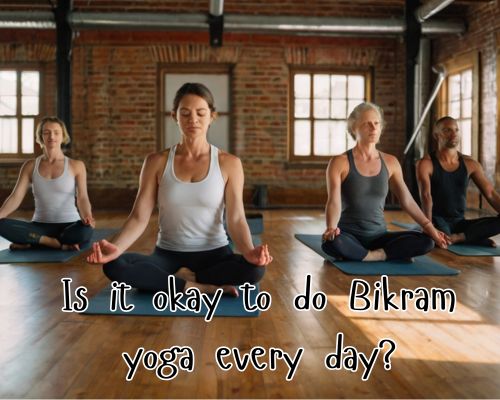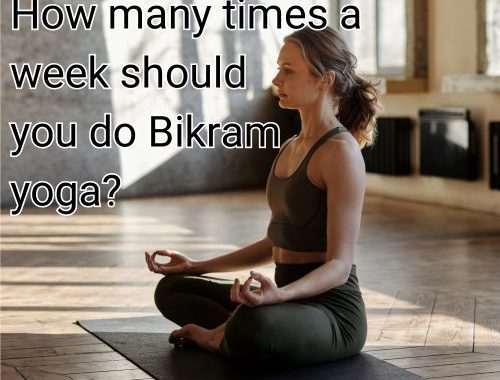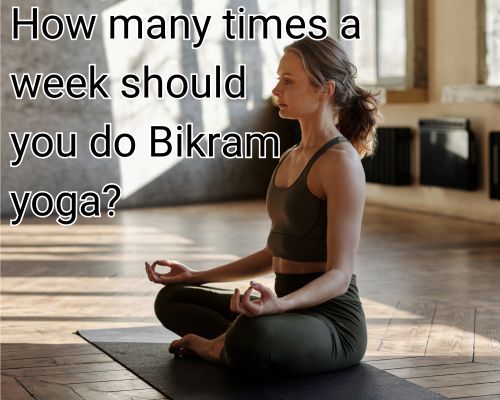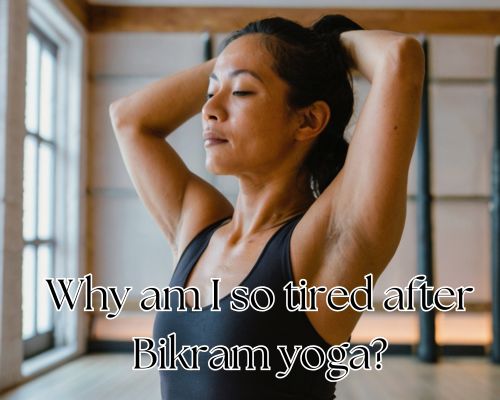Appliance Movers: Your Solution for a Safe Move
Moving appliances, such as refrigerators, washers, and ovens, can be one of the most stressful parts of relocating. These heavy and often awkwardly shaped items require careful handling to avoid damage and ensure a smooth relocation. Hiring professional appliance movers is the solution to make this process easier, safer, and more efficient. This guide explores the key benefits of using appliance movers and why they should be part of your next move.
Why Choose Appliance Movers for Your Relocation?
Moving heavy appliances involves more than just strength. To avoid injury, damage to your appliances, or your home, it’s crucial to use professional movers who know how to properly handle these items. Here’s why appliance movers are an essential service:
- Expert Handling: Professionals are trained to move large, heavy appliances without causing damage. They know how to navigate tricky spaces and avoid obstacles.
- Proper Equipment: Appliance movers utilize specialized equipment, including dollies, moving blankets, ramps, and straps, to protect your appliances and facilitate a more efficient move.
- Time-Saving: Professional movers can complete the job more efficiently than you could by moving the appliances yourself, saving you valuable time and effort.
- Insurance Protection: Many appliance moving services offer insurance to protect your items, giving you added peace of mind in case something goes wrong.
The Moving Process: What to Expect with Appliance Movers

Hiring appliance movers means a stress-free and well-organized move. Here’s what the process typically looks like when you hire professionals:
1. Initial Consultation
The first step in the moving process is a consultation. Appliance movers will assess your appliances and discuss the logistics of the move with you. They’ll determine the best way to handle each item, taking into account its size, weight, and fragility.
2. Preparation and Packing
Professional movers will carefully prepare your appliances for transport. They’ll wrap each appliance with protective padding and shrink wrap to prevent any damage during the move.
3. Loading onto the Truck
Once packed and secured, your appliances will be carefully loaded onto the moving truck. Movers use dollies and ramps to ensure each item is moved without strain or risk of damage.
4. Transporting the Appliances
Appliance movers will transport your items to the new location, taking care to avoid rough roads or obstacles that could harm your appliances.
5. Unloading and Setup
Upon arrival, the movers will unload the appliances and place them in the appropriate rooms. If needed, they can also assist with reconnecting and reassembling the appliances.
Benefits of Hiring Professional Appliance Movers
Hiring professional appliance movers provides several advantages that make your move easier and more efficient:
- Stress-Free Experience: You won’t have to worry about the complexities of moving heavy and delicate items. Professional movers handle all aspects of the move.
- Preventing Damage: Movers take the necessary steps to ensure your appliances and property remain free from scratches, dents, or other damage.
- Quick and Efficient: Professionals complete the move quickly and efficiently, allowing you to focus on other tasks during your move.
- Safety First: Appliance movers are equipped with the right tools and experience to handle large items safely, preventing injuries and accidents.
How to Select the Best Appliance Moving Service
Choosing the right moving company is key to ensuring a successful and stress-free move. Here are some factors to consider:
- Experience and Reputation
Look for a moving company with experience in handling appliances. Research reviews and testimonials to gauge customer satisfaction. - Licensing and Insurance
Ensure that the moving company is licensed and insured. This ensures that your appliances are protected in the event of an accident. - Clear Pricing
Get a detailed estimate before committing to the service. This helps avoid hidden fees and ensures you understand the total cost of the move. - Range of Services
Ask if the company offers additional services, such as appliance disconnection, reinstallation, or assembly. These extra services can be helpful during a move. - Availability
Ensure the moving company is available on the date you require their services. It’s always best to book as early as possible to secure your spot.
Common Appliances Moved by Professionals
Professional movers handle a wide variety of appliances. Here are some of the most common items they move:
- Refrigerators
- Washing Machines
- Dryers
- Dishwashers
- Stoves/Ovens
- Freezers
- Microwaves
- Air Conditioners
Each appliance comes with its own set of challenges. Professional movers are skilled in handling all types of items, ensuring a safe and efficient relocation.
FAQs About Appliance Moving Services
1. How much do appliance movers cost?
The cost of appliance moving services varies depending on factors such as the number of items, distance, and the complexity of the move. On average, expect to pay between $100 and $300.
2. Do appliance movers offer insurance?
Yes, many appliance moving companies offer insurance to protect your items during the move. It’s always a good idea to confirm this with the company.
3. Do I need to prepare my appliances before the move?
Yes, unplugging and emptying your appliances is essential. Make sure they are clean and free of any liquids or food before the movers arrive.
4. Can movers reinstall my appliances?
Some moving services offer reinstallation for an additional fee. Be sure to ask about this when you book your moving service.
5. Can appliance movers handle large items?
Yes, professional movers specialize in handling large and heavy appliances, including refrigerators, stoves, and washing machines.

Hiring professional appliance movers ensures a smooth, efficient, and stress-free relocation. With their expertise, equipment, and experience, they make moving large appliances safe and easy. Whether you are relocating locally or long-distance, trust appliance movers to handle the heavy lifting and keep your appliances in perfect condition.
Buzzmoving connects you with trusted movers nationwide, delivering a seamless and stress-free move. Request your free quote today and let our experts handle everything from beginning to end.
